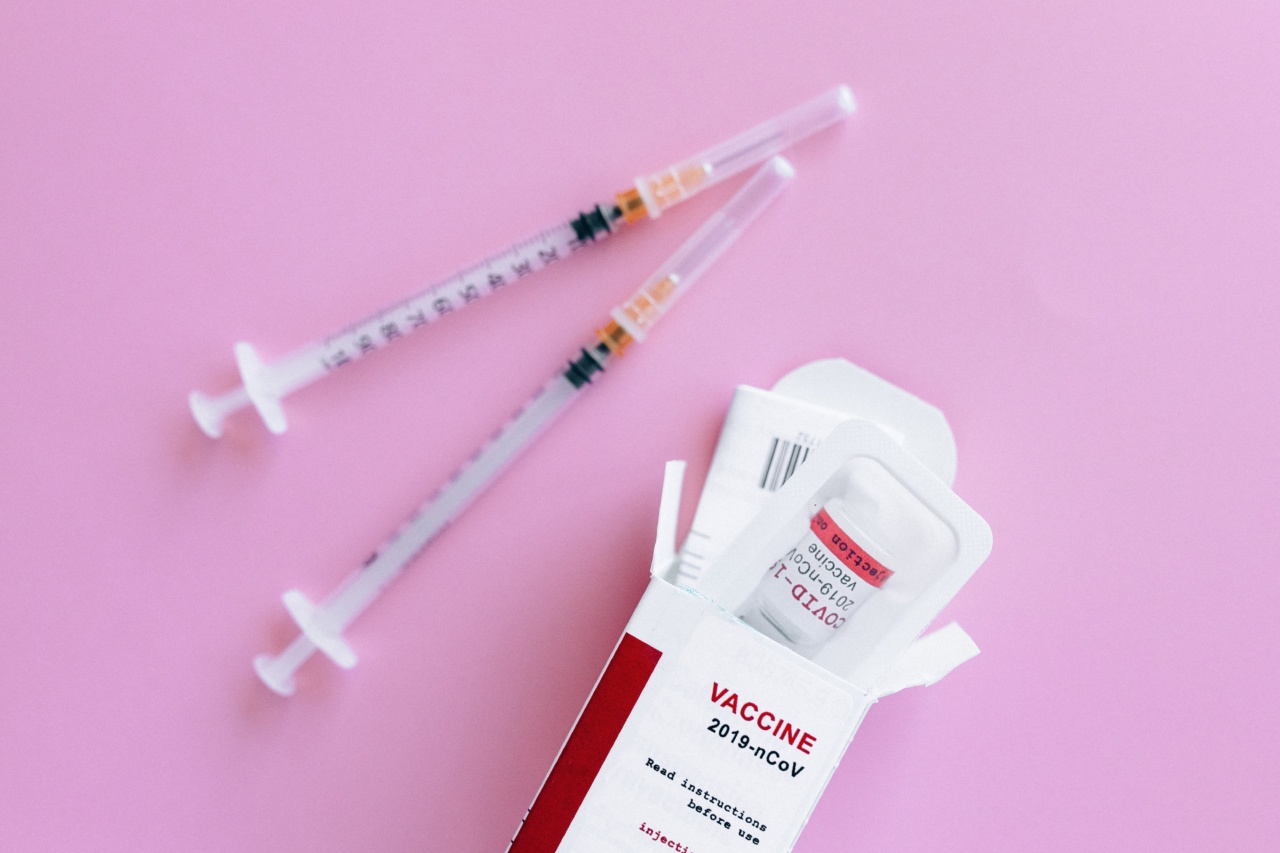The world is facing yet another pandemic, causing concern and fear among its population.
In recent times, new strains of coronavirus, named “Kronovirus,” have been identified that are even more infectious and contagious than previous strains.
What is Kronovirus?
Kronovirus is a new strain of coronavirus. It is a viral infection that affects the respiratory system, causing symptoms such as cough, fever, and difficulty breathing.
Like other strains of coronavirus, including SARS-CoV-2 (the virus responsible for COVID-19), Kronovirus spreads through respiratory droplets when an infected person talks, coughs, or sneezes.
However, what makes Kronovirus different from other strains of coronavirus is it is tear-transmissible. This means that it can be spread by tears, which is a new mode of transmission when compared to other respiratory viruses.
Researchers are still trying to understand how the virus spreads through tears, but it is believed that tears may act as a carrier of the virus or might allow the virus easy access to the eyes, nose, and mouth, making it easier for the virus to infect more people.
: Symptoms of Kronovirus
While Kronovirus is still under study, the symptoms are similar to those of previous strains of coronavirus. The symptoms include:.
- Cough
- Fever
- Shortness of breath
- Muscle aches
- Chills
- Fatigue
- Loss of taste and smell
- Sore throat
- Headache
- Diarrhea
: Prevention of Kronovirus
There is currently no vaccine or treatment for Kronovirus. Therefore, the best way to prevent the spread of Kronovirus is by taking the following precautions:.
- Wash hands regularly and thoroughly with soap and water or alcohol-based hand rubs.
- Avoid close contact with people who are sick with symptoms similar to those of Kronovirus.
- Wear a face mask to cover your nose and mouth when in public places, especially around people who are coughing or sneezing.
- Avoid touching your eyes, mouth and nose, which could increase the risk of infection.
- Cover your cough or sneeze with a tissue, then dispose of the tissue immediately.
- Stay home if you are feeling unwell and seek medical attention if you have Kronovirus-like symptoms.
- Avoid large gatherings and practice social distancing – maintaining a distance of at least six feet from others.
- Clean and disinfect frequently touched objects and surfaces with household cleaning sprays or wipes.
- Avoid touching your face, especially your eyes, mouth, and nose, which can let the virus enter your body.
: Treatment of Kronovirus
As of now, there is no specific treatment for Kronovirus, though supportive care can relieve the symptoms. Treatment involves administration of fluids, pain relievers, and oxygen therapy for patients suffering from breathing difficulties.
Patients with severe symptoms may require hospitalization, particularly if they have other underlying health issues that may increase the risk of complications.
: The Importance of Vaccinations
It is important to note that vaccination is the best way to protect against viral diseases like Kronovirus. Getting vaccinated helps to kill any viruses that may be present in the body and provides immunity against future infections.
Health officials have encouraged the development and distribution of vaccines which started in December 2020.
Until then, it’s crucial to do your part in stopping the spread of the virus – by adhering to health guidelines and social distancing measures.
: Kronovirus
Kronovirus was first discovered in the United Kingdom and has since spread globally. However, the number of cases is still low, indicating the virus has just emerged.
As of now, it is still too early to say whether Kronovirus will cause a significant public health issue. However, there is still concern, particularly because of the virus’s new tear-transmissible nature.
: Conclusion
Kronovirus is yet another reminder of how viruses can rapidly mutate and spread. Taking preventative measures seriously is the best way we can stop the spread of this new strain of coronavirus.
It is important to practice good hygiene and adhere to social distancing measures for the sake of safety not only for yourself but your community as well. Health officials will keep monitoring and studying this virus in order to come up with the best course of actions and prevent a global outbreak.































